Retirement today no longer means a sudden exit at age 65 with nothing on the calendar except golf. Many Gen Xers and younger Boomers view a hard stop as financially unwise and personally unfulfilling. Phased retirement offers an alternative path: a gradual reduction in work hours that combines continued earnings, ongoing benefits and meaningful engagement. This model provides a gentler transition for employees and helps employers retain critical skills.
What Is Phased Retirement?
Phased retirement is a structured program that allows eligible employees to move from full‑time work to full retirement in stages. Participants reduce their weekly schedule from five days to four, then three and so on, while beginning to draw a portion of their pension. During this period they typically maintain health coverage and may continue accruing service credit. The U.S. Office of Personnel Management explains that phased retirees often split their time between productive duties and mentoring successors.
Why Consider Phased Retirement Now
Several factors have converged to make phased retirement more appealing:
Financial Reality
Many Gen Xers depend heavily on 401(k) balances and personal savings. A full withdrawal at 65 may create income gaps.Flexible Work Norms
The rise of remote work and flexible schedules has made part‑time and hybrid arrangements more accepted.Expertise Retention
Automation and AI are taking over routine tasks. Seasoned employees add most value through coaching and oversight rather than day‑to‑day execution.Well‑Being and Balance
Stepping back gradually reduces stress and supports mental health. Research shows that phased transitions can lower the risk of post‑retirement depression and increase life satisfaction.
How Phased Retirement Programs Operate
Organizations adopt phased retirement in three primary ways:
Formal Programs
Companies set eligibility criteria such as minimum age (often 60 or 62) and years of service. Benefit formulas specify what fraction of pension is paid at each stage.Informal Arrangements
Managers negotiate one‑off agreements with key employees to reduce hours without a company‑wide policy.Post‑Retirement Contracts
After full retirement, individuals return as consultants or project‑based contributors for defined periods.
A typical formal plan might look like this:
Year 1 – Work four days a week, receive 25% of pension and full health benefits
Year 2 – Work three days a week, receive 50% of pension, continue benefits
Year 3 – Shift to consulting roles, draw 75% of pension, mentor new hires
Year 4 – Full retirement, draw 100% of pension
According to Government Executive, many federal employees follow a similar path, allocating part of their schedule to training peers.
Market Adoption and Key Statistics
Worker Intentions
Mercer’s Global Talent Trends report finds that 84% of employees aged 55 and over expect to remain employed in some capacity at retirement age, whether by reducing hours, phasing out or taking on flexible roles.Employer Offerings
A 2024 Forbes analysis reports that 35% of U.S. employers now have formal phased retirement programs, with another 28% planning to add them within two years.Private‑Sector Uptake
Only 16% of private‑sector companies offer ongoing phased retirement schemes, mostly among large firms, according to Wells Fargo Advisors.Post‑Pandemic Surge
A survey cited by AgingOptions.com shows that 38% of HR leaders now provide phased retirement options, up from 17% before the pandemic.Interest Among Older Workers
InvestmentNews reports that 34% of workers over age 50 are interested in phasing into retirement—15% are already doing so, and 19% intend to follow this path.
Real‑World Example
At MasterControl, a life‑sciences software company, executives launched a phased retirement option for senior engineers. Each year participants reduced their workweek by one day while maintaining full benefits and dedicating remaining hours to mentoring incoming talent. This program boosted institutional knowledge retention, improved morale and provided a smoother succession process.
Benefits for Employees
Income Continuity
Partial pension payments supplement reduced salaries and ease financial concerns.Ongoing Purpose
Continued involvement in projects and mentoring roles sustains professional identity.Health and Well‑Being
Gradual workloads reduce stress and support mental and physical health.Benefit Protection
Retirees usually keep health coverage, life insurance and continued retirement accruals during the transition.
Benefits for Employers
Knowledge Preservation
Veteran employees train successors and document best practices over an extended period.Lower Turnover Costs
Avoiding abrupt retirements slashes recruiting and onboarding expenses.Stronger Morale
Offering flexibility signals that the company values long‑term service and work‑life balance.Strategic Succession
Organizations gain time to identify and develop future leaders without operational disruption.
Best Practices for Implementation
Clear Eligibility Rules
Define age, service and performance requirements to ensure fair access.Custom Transition Plans
Work with each retiree to set schedules, mentoring responsibilities and timelines.Knowledge Transfer Protocols
Use checklists, shadowing and documentation to capture critical insights.Benefits Coordination
Align pension distributions, health‑insurance eligibility and labor laws to avoid coverage gaps.Ongoing Review
Schedule periodic check‑ins to adjust arrangements based on business needs and retiree feedback.
Phased retirement turns the traditional retirement “cliff” into a staircase, allowing Gen X and younger Boomers to reduce their workload at a comfortable pace while preserving income, purpose and benefits. Employers gain a strategic advantage by safeguarding expertise, boosting morale and planning effective succession. As work continues to evolve in the hybrid and AI‑driven era, phased retirement is not just a perk but a critical tool for long‑term workforce resilience. Consider transforming your retirement plan into a graduated descent rather than a sudden stop.

Market Adoption and Key Statistics
Worker Intentions
Mercer’s Global Talent Trends report finds that 84% of employees aged 55 and over expect to remain employed in some capacity at retirement age, whether by reducing hours, phasing out or taking on flexible roles.Employer Offerings
A 2024 Forbes analysis reports that 35% of U.S. employers now have formal phased retirement programs, with another 28% planning to add them within two years.Private‑Sector Uptake
Only 16% of private‑sector companies offer ongoing phased retirement schemes, mostly among large firms, according to Wells Fargo Advisors.Post‑Pandemic Surge
A survey cited by AgingOptions.com shows that 38% of HR leaders now provide phased retirement options, up from 17% before the pandemic.Interest Among Older Workers
InvestmentNews reports that 34% of workers over age 50 are interested in phasing into retirement—15% are already doing so, and 19% intend to follow this path.
Real‑World Example
At MasterControl, a life‑sciences software company, executives launched a phased retirement option for senior engineers. Each year participants reduced their workweek by one day while maintaining full benefits and dedicating remaining hours to mentoring incoming talent. This program boosted institutional knowledge retention, improved morale and provided a smoother succession process.
Benefits for Employees
Income Continuity
Partial pension payments supplement reduced salaries and ease financial concerns.Ongoing Purpose
Continued involvement in projects and mentoring roles sustains professional identity.Health and Well‑Being
Gradual workloads reduce stress and support mental and physical health.Benefit Protection
Retirees usually keep health coverage, life insurance and continued retirement accruals during the transition.
Benefits for Employers
Knowledge Preservation
Veteran employees train successors and document best practices over an extended period.Lower Turnover Costs
Avoiding abrupt retirements slashes recruiting and onboarding expenses.Stronger Morale
Offering flexibility signals that the company values long‑term service and work‑life balance.Strategic Succession
Organizations gain time to identify and develop future leaders without operational disruption.
Best Practices for Implementation
Clear Eligibility Rules
Define age, service and performance requirements to ensure fair access.Custom Transition Plans
Work with each retiree to set schedules, mentoring responsibilities and timelines.Knowledge Transfer Protocols
Use checklists, shadowing and documentation to capture critical insights.Benefits Coordination
Align pension distributions, health‑insurance eligibility and labor laws to avoid coverage gaps.Ongoing Review
Schedule periodic check‑ins to adjust arrangements based on business needs and retiree feedback.
Phased retirement turns the traditional retirement “cliff” into a staircase, allowing Gen X and younger Boomers to reduce their workload at a comfortable pace while preserving income, purpose and benefits. Employers gain a strategic advantage by safeguarding expertise, boosting morale and planning effective succession. As work continues to evolve in the hybrid and AI‑driven era, phased retirement is not just a perk but a critical tool for long‑term workforce resilience. Consider transforming your retirement plan into a graduated descent rather than a sudden stop.


